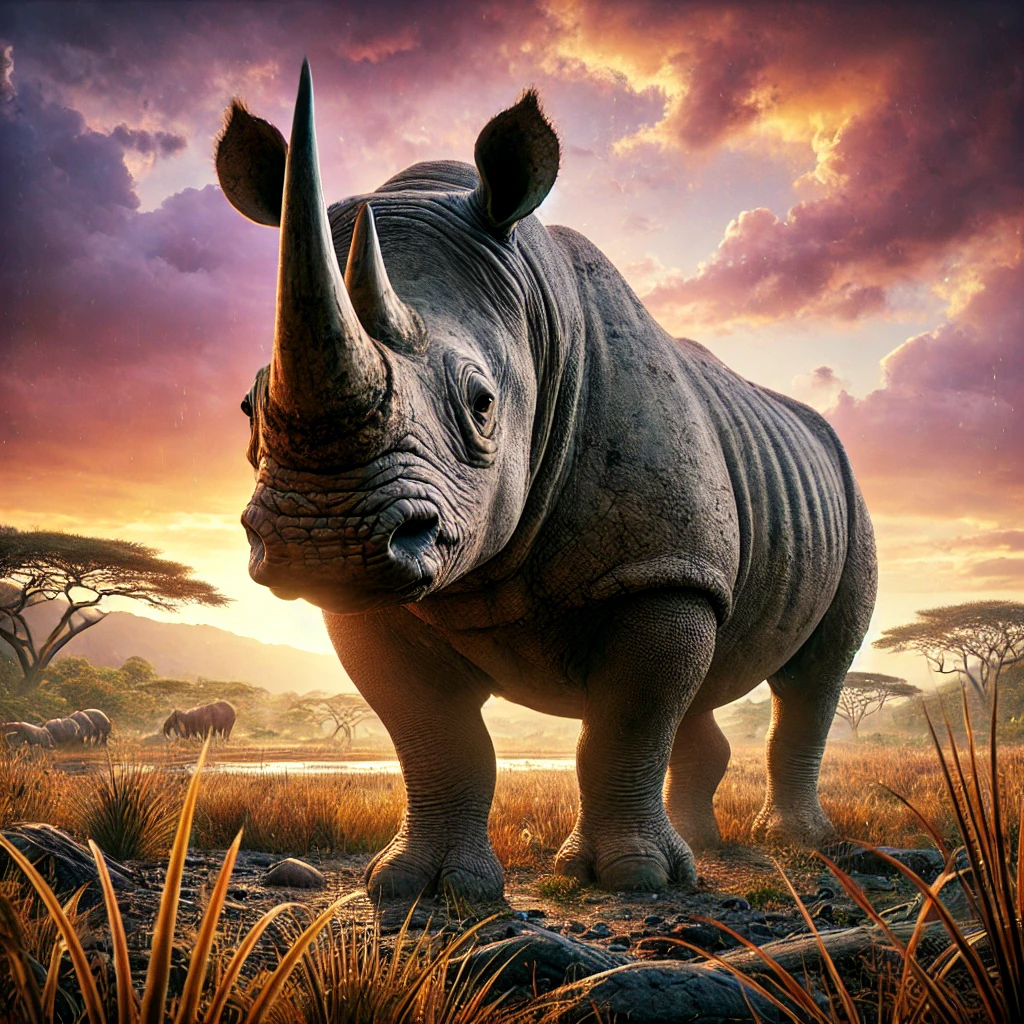World Rhino Day: A Call to Protect an Endangered Species
World Rhino Day, observed annually on September 22, is a global event dedicated to raising awareness about the critical plight of rhinoceroses and promoting efforts to conserve these majestic creatures. With five species of rhinos — the white, black, greater one-horned, Javan, and Sumatran — rhinos are among the most iconic and endangered animals in the world. World Rhino Day serves as a platform to unite conservationists, wildlife enthusiasts, and communities in their efforts to ensure a future where rhinos can thrive.
The Importance of Rhinos
Rhinos are not just large herbivores; they play a vital role in their ecosystems. As mega-herbivores, they help shape their environment by grazing on grasses and other vegetation. This grazing encourages plant diversity, promotes new growth, and supports a healthy ecosystem for other wildlife. For example, in African savannas, rhinos help maintain the balance of species in their habitat, which in turn supports other animals like birds and smaller mammals.
Moreover, rhinos hold cultural and economic significance for many communities. In regions where eco-tourism is a major industry, rhinos attract thousands of visitors, contributing to the livelihoods of local people and boosting national economies. Preserving rhinos, therefore, is not only about conserving a species but also about sustaining ecosystems and supporting human development.
Threats to Rhinos
Unfortunately, rhinos face a range of threats that have brought them to the brink of extinction. The most significant of these is poaching, driven by the demand for rhino horns in traditional medicine markets, particularly in Asia. Despite being made of keratin, the same substance as human fingernails, rhino horns are wrongly believed to have medicinal properties, leading to a black market trade that continues to fuel the slaughter of these animals.
Habitat loss is another major challenge for rhinos, especially for species like the Javan and Sumatran rhinos, whose populations are confined to small, fragmented areas. As human populations expand, natural habitats are converted into agricultural land, reducing the space available for rhinos to roam and reproduce.
Climate change also poses a long-term threat, as changing weather patterns and temperatures affect the ecosystems that rhinos depend on. For instance, prolonged droughts can reduce water availability and food resources, further stressing rhino populations already under pressure.
Conservation Efforts and Success Stories
Despite these challenges, there is hope. Conservation efforts around the world have seen some success in protecting rhino populations. Anti-poaching initiatives, including increased law enforcement and the use of technology such as drones and GPS tracking, have helped to reduce the number of rhinos killed by poachers. In countries like South Africa and Namibia, community-based conservation programs have empowered local people to protect rhinos while benefiting economically from conservation tourism.
Breeding programs in captivity have also been vital in bolstering the numbers of certain species, such as the critically endangered northern white rhino, of which only a few individuals remain. Scientific advancements in assisted reproduction offer the potential to save these species from extinction.
International cooperation is critical to rhino conservation. Organizations like the World Wildlife Fund (WWF) and the International Rhino Foundation work with governments, local communities, and private stakeholders to ensure that rhinos have a future in the wild. By raising awareness on World Rhino Day, these organizations aim to galvanize global support for stronger laws, better enforcement, and continued funding for conservation programs.
How You Can Help
World Rhino Day is a reminder that the fight to save rhinos is a global effort that requires action at every level. As individuals, we can contribute by supporting reputable wildlife conservation organizations, spreading awareness about the plight of rhinos, and advocating for policies that protect endangered species.
Reducing the demand for rhino horns is a critical step. Public education campaigns aimed at debunking myths about the medicinal value of rhino horns are essential in curbing poaching. By educating others about the importance of rhinos and the threats they face, we can help reduce the demand that drives illegal hunting.
Participating in eco-friendly tourism and supporting parks and reserves that protect rhinos also play a significant role. Responsible tourism provides funding for conservation while giving visitors a chance to witness these incredible animals in their natural habitats.
Conclusion
World Rhino Day is more than just a day on the calendar; it is a rallying cry to protect one of the world’s most endangered and iconic animals. As we continue to face the challenges of poaching, habitat loss, and climate change, the survival of rhinos depends on the actions we take today. By raising awareness, supporting conservation efforts, and reducing the demand for rhino products, we can help ensure that future generations will be able to see rhinos roaming freely in the wild.

